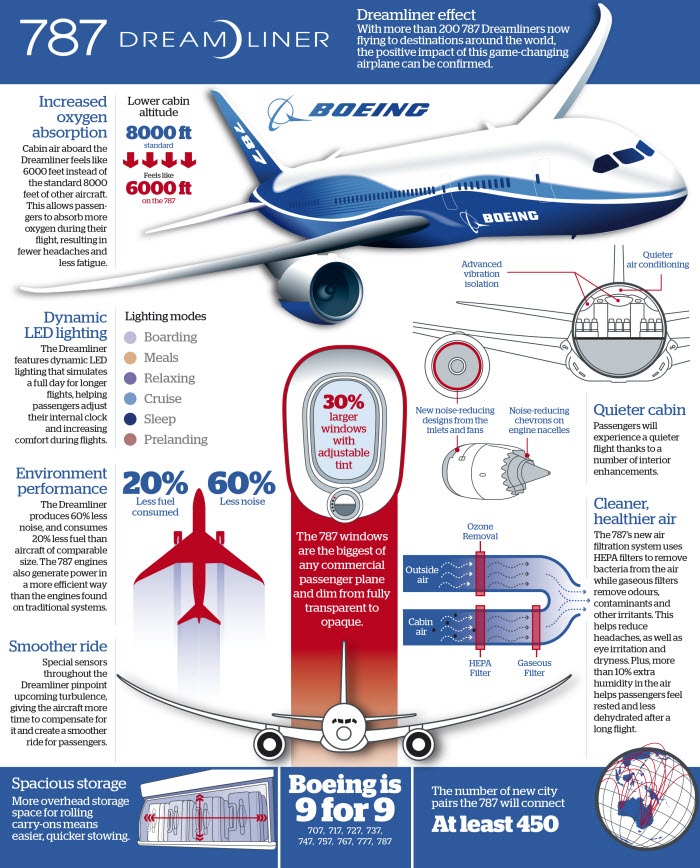The Ultimate Guide To Comprehending Heat Pumps - Just How Do They Work?
The Ultimate Guide To Comprehending Heat Pumps - Just How Do They Work?
Blog Article
Posted By-Roy Montoya
The most effective heatpump can save you substantial quantities of money on energy costs. They can also help reduce greenhouse gas discharges, particularly if you make use of electrical energy instead of nonrenewable fuel sources like gas and home heating oil or electric-resistance furnaces.
Heat pumps work quite the same as ac system do. This makes them a feasible option to standard electric home furnace.
Exactly how They Work
Heatpump cool down homes in the summertime and, with a little aid from power or gas, they offer some of your home's heating in the wintertime. They're an excellent choice for people that wish to decrease their use of fossil fuels yet aren't prepared to change their existing heater and cooling system.
They depend on the physical fact that also in air that seems too cool, there's still energy present: cozy air is constantly moving, and it wants to move right into cooler, lower-pressure settings like your home.
A lot of power STAR licensed heatpump operate at close to their heating or cooling capability throughout most of the year, decreasing on/off biking and conserving power. For the best efficiency, focus on systems with a high SEER and HSPF rating.
The Compressor
The heart of the heatpump is the compressor, which is likewise referred to as an air compressor. simply click the up coming web site flowing device uses prospective energy from power creation to increase the pressure of a gas by lowering its quantity. It is various from a pump in that it just works on gases and can not deal with liquids, as pumps do.
Climatic air goes into the compressor via an inlet valve. https://johnathanmetiz.blogunok.com/29559492/making-best-use-of-convenience-and-savings-tips-for-optimizing-your-heat-pump-performance travels around vane-mounted arms with self-adjusting size that divide the inside of the compressor, creating numerous cavities of varying size. The blades's spin pressures these tooth cavities to move in and out of phase with each other, compressing the air.
The compressor attracts the low-temperature, high-pressure cooling agent vapor from the evaporator and presses it right into the warm, pressurized state of a gas. This process is repeated as required to provide heating or cooling as called for. The compressor also contains a desuperheater coil that reuses the waste warm and includes superheat to the cooling agent, transforming it from its liquid to vapor state.
The Evaporator
The evaporator in heatpump does the very same point as it performs in fridges and a/c, altering liquid cooling agent right into a gaseous vapor that gets rid of warm from the room. Heatpump systems would certainly not work without this crucial tool.
This part of the system is located inside your home or structure in an interior air trainer, which can be either a ducted or ductless system. It contains an evaporator coil and the compressor that compresses the low-pressure vapor from the evaporator to high pressure gas.
Heatpump absorb ambient warmth from the air, and after that make use of power to transfer that warmth to a home or business in heating setting. That makes them a great deal extra power reliable than electrical heating systems or heaters, and because they're utilizing clean electrical power from the grid (and not burning gas), they also produce much fewer emissions. That's why heatpump are such fantastic environmental options. (And also a big reason why they're coming to be so popular.).
The Thermostat.
Heat pumps are excellent alternatives for homes in cool environments, and you can use them in combination with typical duct-based systems and even go ductless. visit the site 're a fantastic different to nonrenewable fuel source heating systems or standard electric heaters, and they're extra lasting than oil, gas or nuclear cooling and heating devices.
Your thermostat is one of the most essential component of your heatpump system, and it functions really in different ways than a conventional thermostat. All mechanical thermostats (all non-electronic ones) work by utilizing materials that alter size with enhancing temperature level, like curled bimetallic strips or the expanding wax in an auto radiator valve.
These strips contain 2 different kinds of metal, and they're bolted with each other to form a bridge that completes an electric circuit attached to your heating and cooling system. As the strip gets warmer, one side of the bridge broadens faster than the other, which triggers it to bend and indicate that the heating unit is required. When the heat pump is in heating setting, the reversing shutoff reverses the flow of cooling agent, to make sure that the outside coil now operates as an evaporator and the interior cyndrical tube ends up being a condenser.